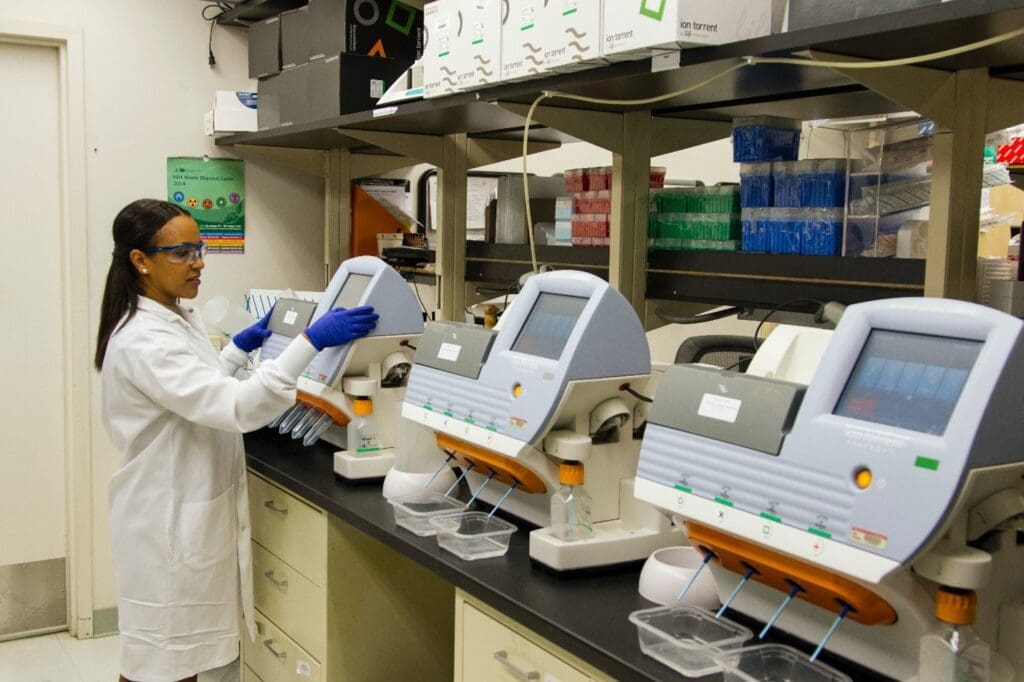
The Food and Drug Administration (FDA) is responsible for ensuring the safety and effectiveness of medical devices sold in the United States. One of the ways the FDA accomplishes this task is through its 510(k) Premarket Notification process. This process is intended to evaluate the safety and effectiveness of new medical devices that are substantially equivalent to devices that have already been approved by the FDA. In this blog post, we’ll take a closer look at the 510(k) Premarket Notification process and how it works
What is the 510(k) Premarket Notification Process?
The 510(k) Premarket Notification process is a regulatory pathway for medical devices that are deemed to be substantially equivalent to a device that is already legally marketed in the United States. The purpose of the 510(k) process is to ensure that new devices are safe and effective before they are sold to the public.
To submit a 510(k) Premarket Notification, a manufacturer must provide the FDA with detailed information about the device, including its intended use, technological characteristics, and performance data. The manufacturer must also demonstrate that the device is substantially equivalent to a legally marketed device, which means that it has the same intended use and the same technological characteristics as the reference device.
Once the 510(k) Premarket Notification is submitted, the FDA reviews the application and determines whether the device is substantially equivalent to the reference device. If the FDA determines that the device is substantially equivalent, the device can be marketed in the United States.
What Are the Benefits of the 510(k) Premarket Notification Process?
The 510(k) Premarket Notification process offers several benefits for manufacturers of medical devices. For one, it can be a faster and less expensive way to get a device to market than going through the more rigorous premarket approval (PMA) process. Additionally, the 510(k) process allows manufacturers to make modifications to existing devices without having to go through the PMA process again.
The 510(k) process also benefits the FDA and the public by ensuring that new devices are safe and effective before they are sold to the public. By requiring manufacturers to demonstrate that their devices are substantially equivalent to existing devices, the FDA can leverage the safety and effectiveness data from those existing devices to evaluate new devices. This can help to speed up the approval process and reduce the risk of harm to patients.
What Are the Criticisms of the 510(k) Premarket Notification Process?
Despite its benefits, the 510(k) Premarket Notification process has been criticized by some for not being rigorous enough in its evaluation of new devices. Critics argue that the process allows devices to be approved based on their similarity to existing devices, rather than their safety and effectiveness. They also point out that the process does not require clinical trials or other types of testing that would provide more comprehensive data on the safety and effectiveness of the device.
In response to these criticisms, the FDA has made several changes to the 510(k) process in recent years. For example, the agency has issued guidance to clarify the type of data that should be submitted with a 510(k) application, and has required more rigorous testing for certain types of devices, such as those that are implanted in the body.

Conclusion
The 510(k) Premarket Notification process is an important regulatory pathway for medical devices in the United States. By allowing manufacturers to demonstrate that their devices are substantially equivalent to existing devices, the process can be a faster and less expensive way to get a device to market. However, the process has also been criticized for not being rigorous enough in its evaluation of new devices. As a result, the FDA has made several changes to the process in recent years to address these concerns and improve the safety and effectiveness of medical devices.



